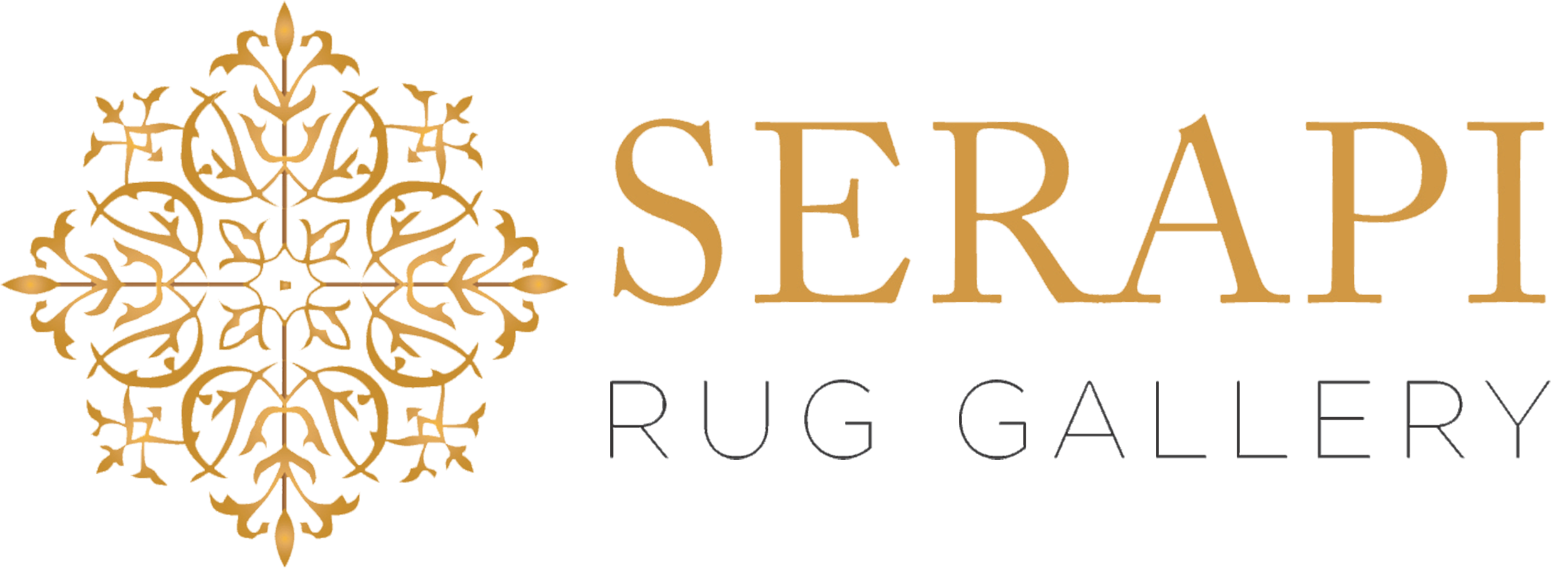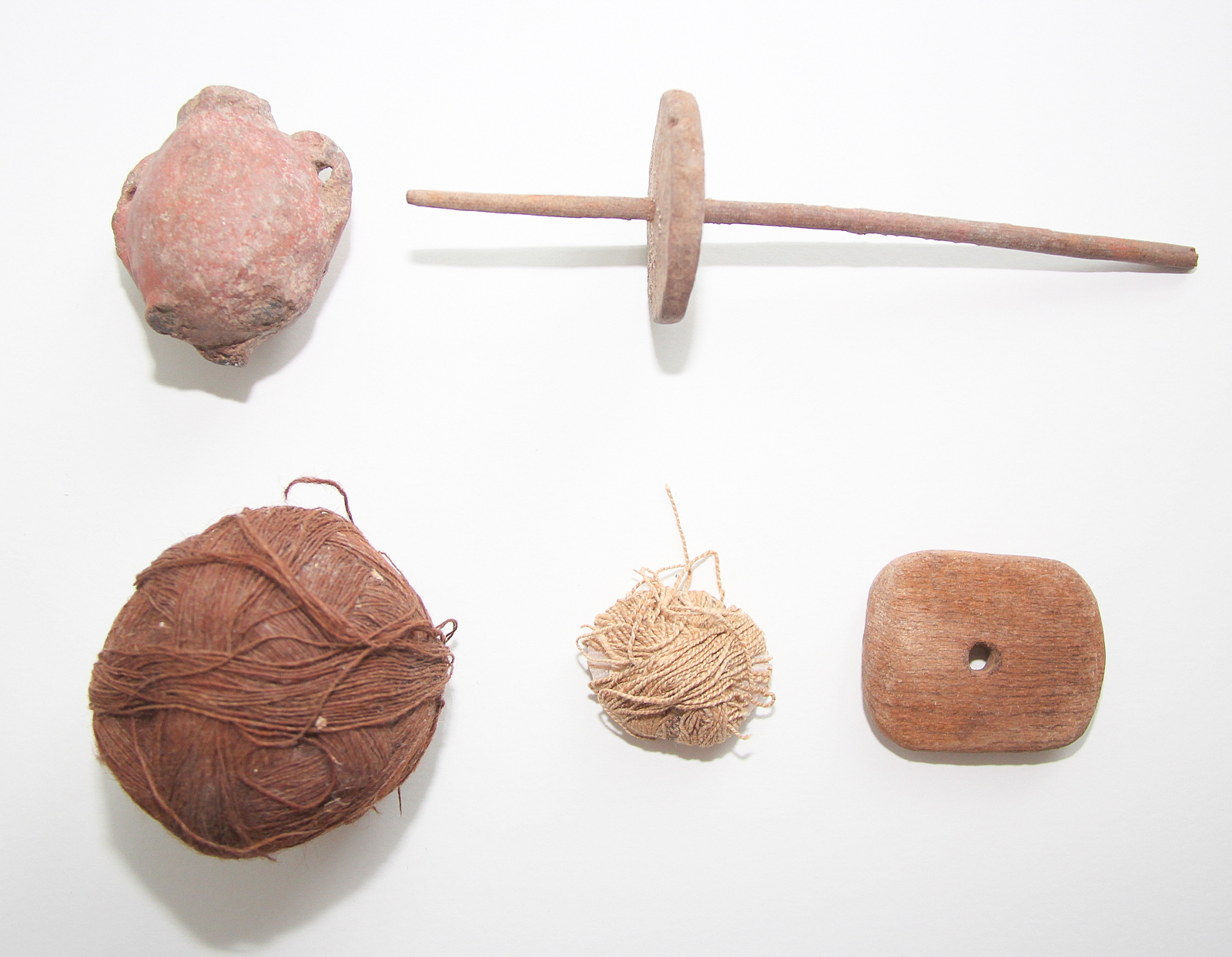Rug making
A Brief History
In 1949, the oldest known hand-knotted Oriental Rug was excavated from the Altai Mountains of Central Asia near Pazryk. It was found within a semi-frozen hidden Scythin burial mound. This rug dates back to the 5th century B.C. and was named “The Pazryk Carpet”. To this day, the Pazryk Carpet resides in the Hermitage Museum in the heart of St. Petersburg, Russia. This carpet is very sophisticated with geometric, floral and various pictorial designs. This legendary jewel is an excellent testimony to the skill and durability of the weaver’s art. Few other rugs over time are known to have survived more than 500 years.
Many of these much older Oriental Carpets are displayed in museums around the world. However, it is not that uncommon to find rugs that are over 100 years old that are still in good usable condition. Some of these older rugs, even today, are being walked upon by the great-great grandchildren of the rug’s original owners.
All throughout the Middle East and Central Asia, the art of weaving oriental rugs and oriental carpets has been revered and practiced since ancient times. Many cultural historians think these rugs, in addition to having beauty and practicality, also reflected very practical concerns of day to day life. One belief is that hand knotting carpets with a pile had began among the nomadic peoples as a means of imitating the texture and warmth of animal pelts.
Regardless of the factors that may have contributed to their initial development, the art of rug making took on a key role in the aesthetic and historic identity of the entire regions they came from.
Material Gathering
The first step in the process of making an authentic Oriental Rug, is gathering the proper raw materials. Most tribal rugs are traditionally woven out of wool sheared from sheep twice a year, during the spring and autumn.
Generally, the wool from the spring shearing is considered superior and is used for making the majority of most rugs, clothing and bags. However, the wool from the autumn shearing or from dead animals is less fine and is mostly used for making tent fabrics or felts.
In addition, some tribal weavers also use cotton. Even though cotton is more stable than wool, it is more expensive and far less durable than wool, so it is used sparingly. Also, a smaller amount of rugs are made using silk, which is typically purchased from rug traders who import it from manufacturing centers that are far away from the tribal areas.
Yarn
The first preparation step is to clean the fibers. This is done by washing and combing (or carding) the fibers several times. Once the raw fibers are clan they are spun into threads using a weighted object called a spindle. When a twist of the raw wool or cotton is attached to the spindle and the spindle is spun and dropped, it pulls the fibers out of the bunch and winds them into a very long thread. Once several threads have been made, they are spun together to form a yarn. Typically two or three threads will be used to form a yarn.
Yarn is purposely and normally spun in the opposite direction from the threads. Therefore, the fibers will bind together much more tightly.
Dyeing
After the yarn is spun, it is generally treated with a substance that allows the dye to be fixed into and absorbed in its fibers. The most commonly used are iron sulfate and alum. The yarn is ready to be dyed once it has been treated. Traditionally the dyes used are made from natural local plants. For example, the milkweed and buckthorn plants produce yellow, the madder plant yields a red dye, dyer’s woad and indigo produce blue, and browns and blacks can be made using walnut shells or even iron filings. In addition, within the late nineteenth century, there are some tribal weavers who have also been using chemical dyes that were factory-produced. Most yarn is dyed in batches.
Sometimes when the dye runs out in the middle of the dyeing process, the batch is finished with another dye lot. This produces yarns with slightly different colors that, when woven together, produce a chromatic shading effect called abrash. This effect has become greatly sought after and admired by numerous Western collectors.
Weaving
The weaving process begins once the yarns have been spun and dyed. First a set number of yarns are stretched in parallel rows very close together around a wooden frame which is called a loom. These yarns, called warps, determine the shape and basic size of the rug. Alternate warps are then attached to horizontal bars called heddles.
When these heddles are raised and lowered, they create a space between the warps that is called the shed. Another yarn, called a weft, is attached to a weighted object, called a shuttle, and passed back and forth through the shed. Alternating which warps are raised and which are lowered produces a fabric of interlocked yarns that is called a plainweave. Sometimes each weft will be beaten down on top of the previous one to create a fabric in which only the wefts are visible. This type of fabric is called a tapestry weave (or kilim weave).
Other times the wefts will be wrapped around the warps according to a set pattern to create a more textured fabric that is known as a sumak weave (or brocade weave). Finally, the weaver can tie extra bits of the yarn to the warps between one or more rows of wefts. The extra bits of yarn can be tied in either asymmetric or symmetric knots opening either to the left or to the right, stick up above the warp and weft foundation to create a pile weave. In some instances, several different weaving techniques may be utilized together to produce a rug that has a variety of textures and unique visual effects.
Techniques
Hard-Knotting
Tying a Knot
Compressing the Pile
Vertical Loom
Horizontal Loom
Hand Tufted & Hand Hooked
Hand-tufted and hand-hooked rugs are produced in a very similar way. A tufting gun that works much like an over-size sewing needle is used to push and pull threads of yarn through a pre-woven grid foundation. With a hooked rug, the loops of yarn are left intact to form a characteristically “knobby” pile. In a tufted rug, the tops of loops are sheared to expose the thread ends for a softer and plusher pile.














